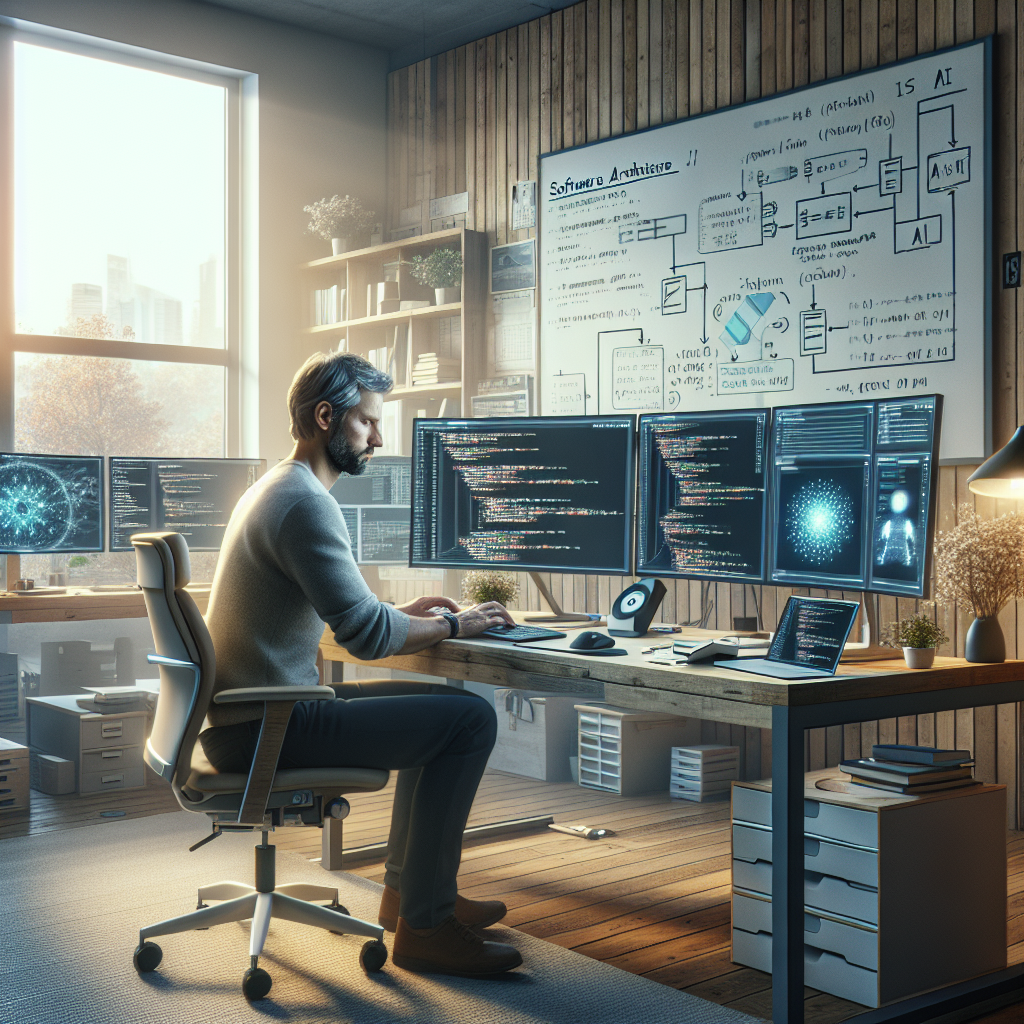The Strategic Integration of Artificial Intelligence in Software Architecture
In the fast-evolving landscape of software development, the role of a software architect is paramount in shaping the digital solutions of tomorrow. With the advent of artificial intelligence (AI), the responsibilities and capabilities of software architects have expanded exponentially. Avraham Poupko, a seasoned software architect, emphasizes the pivotal role that AI plays in his daily work.
Poupko aptly notes that software architects and system architects are not on the brink of being replaced by generative AI or large language models (LLMs). Instead, the future belongs to those architects who can effectively harness the power of AI while also discerning when not to rely on it. This nuanced approach underscores the strategic use of AI in software architecture.
One of the key ways in which Poupko leverages AI in his daily work is through the use of generative AI models. These models empower architects to explore a myriad of design possibilities rapidly. By feeding these models with data and parameters, architects can generate innovative solutions and evaluate multiple design paths efficiently.
For instance, when designing a complex system architecture, Poupko integrates generative AI to explore diverse configurations and optimize performance metrics. This not only accelerates the design process but also enhances the quality of the final solution by considering a broader spectrum of possibilities.
Moreover, Poupko underscores the significance of understanding when not to rely solely on generative AI. While AI can streamline certain aspects of the design process, human intuition and expertise are irreplaceable. Poupko emphasizes the importance of critical thinking and domain knowledge in assessing the outputs of AI models and making informed decisions.
In practical terms, this means that Poupko actively collaborates with AI systems, treating them as powerful tools in his arsenal rather than as definitive authorities. By combining the strengths of AI with human ingenuity, Poupko ensures that the solutions he architects are not only innovative but also robust and aligned with the overarching goals of the project.
Furthermore, Poupko emphasizes the ethical implications of AI in software architecture. As AI systems become increasingly sophisticated, architects must navigate complex ethical considerations surrounding data privacy, bias mitigation, and transparency. Poupko advocates for a human-centered approach to AI, where ethical principles are integrated into the design process from inception.
In conclusion, the integration of AI in software architecture represents a paradigm shift in how architects approach design challenges. By following Poupko’s example of leveraging AI strategically, knowing when to rely on human expertise, and upholding ethical standards, software architects can navigate the evolving technological landscape with confidence and creativity.
As Ben Linders rightly highlights, the future of software architecture lies not in the replacement of architects by AI, but in the symbiotic relationship between human intelligence and artificial intelligence. In this dynamic interplay, innovation thrives, and the boundaries of what is possible in software development continue to expand.

